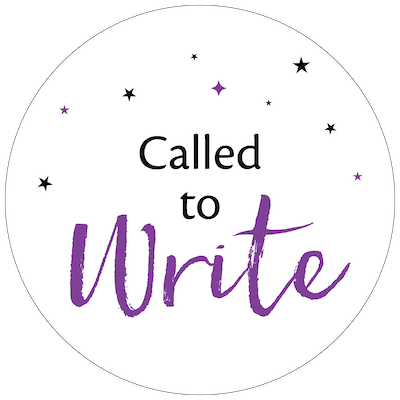This month’s question is about whether to abandon a current script in favor of a new idea, or not:
“I recently committed to working on a particular script idea, and almost instantly became fascinated by another story entirely. Should I move to the new idea? Or is this a distraction getting in my way?”
Great question. Ultimately, this is a choice no one else can make for you, but here are some possibilities about what’s going on, and some possible strategies to consider. [more…]
When it comes to choosing what to focus on, and possibly letting go of a current idea, there’s a lot to reflect on. Brand, career, preference, genre, instinct, market, and more. And because there’s often a fine line between recognizing resistance versus intuition, pay attention to how and when new ideas come cropping up. The beauty of writing is how it begets new ideas. It’s your job as a creator to corral that surging herd into a manageable strategy that works for you.
Ask the Coach: Help! Do I Abandon My Current Script for a New Idea?
I’d love to answer them for you in my column.

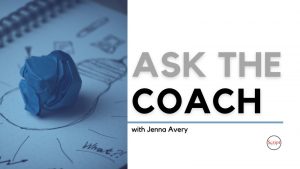
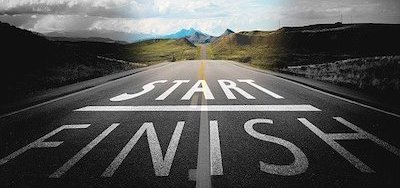
 Hello again, Marina here, thanks to Jenna’s gracious invitation.
Hello again, Marina here, thanks to Jenna’s gracious invitation.

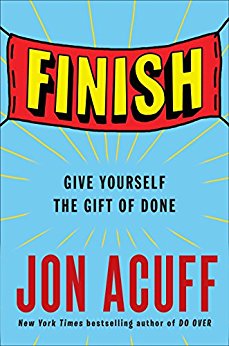
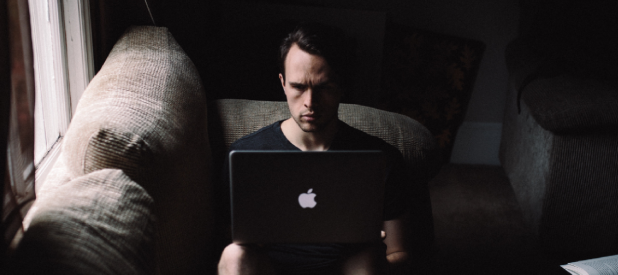

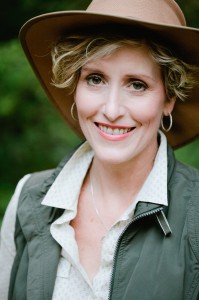
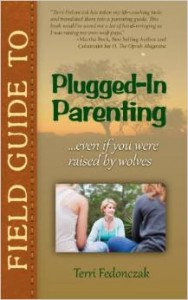 My book went from a dream to a reality. It’s now on
My book went from a dream to a reality. It’s now on 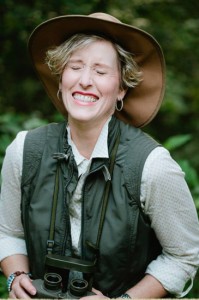 Terri Fedonczak wants to live in a world where girls recognize their own power and choose to use it for good. On a trip to South Africa, Terri saw the power of the lioness and how they support their pride; it was a lightning bolt of realization that her mission is to bring the power of the pride to girls and their parents. Terri was a commercial real estate agent for 16 years until a bout with breast cancer transformed her life in 2010. She realized that trading money and status for time with her four girls and patient husband was not quite the deal she thought it once was. She left sales to become a certified life coach and embark upon a journey of spreading the message of girl power far and wide.
Terri Fedonczak wants to live in a world where girls recognize their own power and choose to use it for good. On a trip to South Africa, Terri saw the power of the lioness and how they support their pride; it was a lightning bolt of realization that her mission is to bring the power of the pride to girls and their parents. Terri was a commercial real estate agent for 16 years until a bout with breast cancer transformed her life in 2010. She realized that trading money and status for time with her four girls and patient husband was not quite the deal she thought it once was. She left sales to become a certified life coach and embark upon a journey of spreading the message of girl power far and wide.
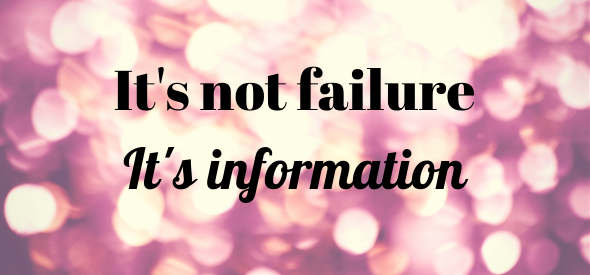
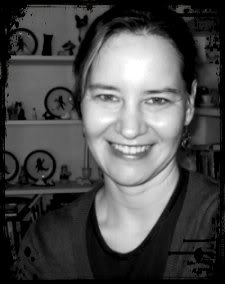 A note from Jenna: This guest post from the highly talented coach and writer, Jill Winski — whom I’m proud to have serving as a coach for my online Writer’s Circle coaching program — offers insights for writers who struggle to finish their writing projects.
A note from Jenna: This guest post from the highly talented coach and writer, Jill Winski — whom I’m proud to have serving as a coach for my online Writer’s Circle coaching program — offers insights for writers who struggle to finish their writing projects.
 Many people have unfinished writing projects that linger for years, but it’s never too late to finish your book. And the time to get restarted might just be now.
Many people have unfinished writing projects that linger for years, but it’s never too late to finish your book. And the time to get restarted might just be now. Terri Fedonczak has 22 years of parenting experience and is a certified life coach, specializing in parent and teen coaching. After 16 years as a commercial real estate agent, a bout with breast cancer transformed Terri’s life in 2010, making her realize that time with her four girls and patient husband was a much better deal than money and status. It was time to put her mission into action. She left sales and embarked on a journey of spreading the message of girl power for good. When Terri is not writing books, speaking, coaching, or blogging, you can find her paddle boarding on the sparkling waters of Boggy Bayou, knitting to the consternation of her children, who are buried in scarves and hats, or dancing in her kitchen to Motown.
Terri Fedonczak has 22 years of parenting experience and is a certified life coach, specializing in parent and teen coaching. After 16 years as a commercial real estate agent, a bout with breast cancer transformed Terri’s life in 2010, making her realize that time with her four girls and patient husband was a much better deal than money and status. It was time to put her mission into action. She left sales and embarked on a journey of spreading the message of girl power for good. When Terri is not writing books, speaking, coaching, or blogging, you can find her paddle boarding on the sparkling waters of Boggy Bayou, knitting to the consternation of her children, who are buried in scarves and hats, or dancing in her kitchen to Motown.